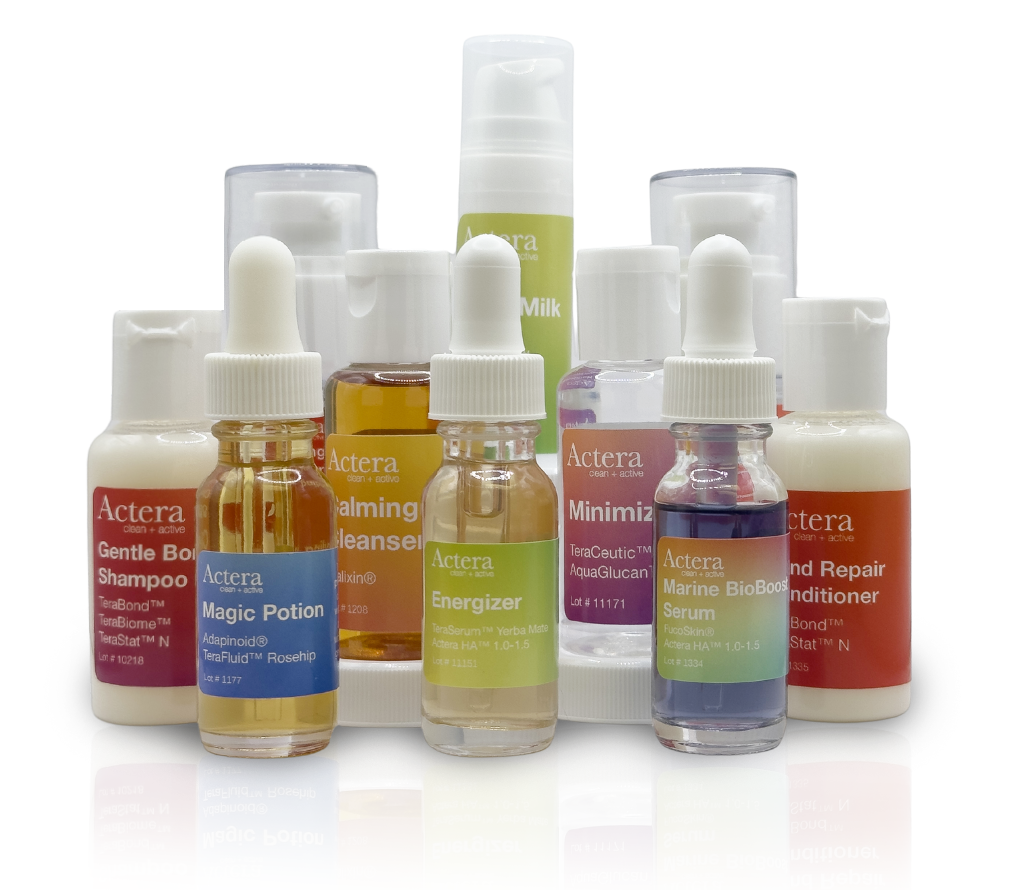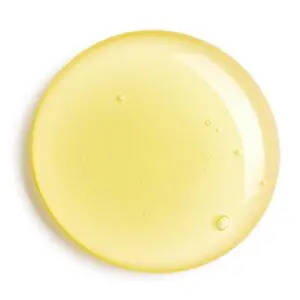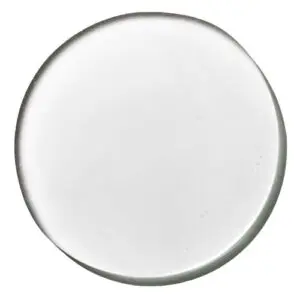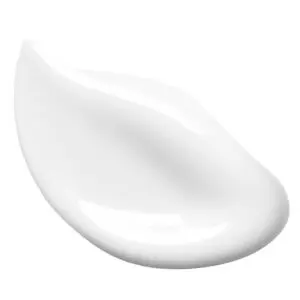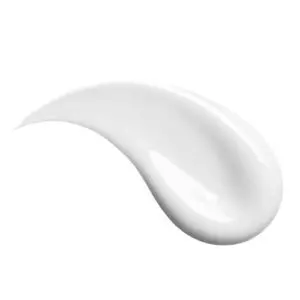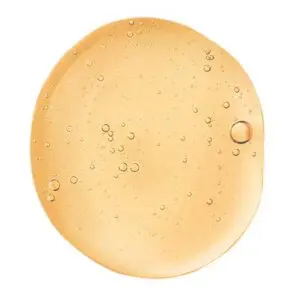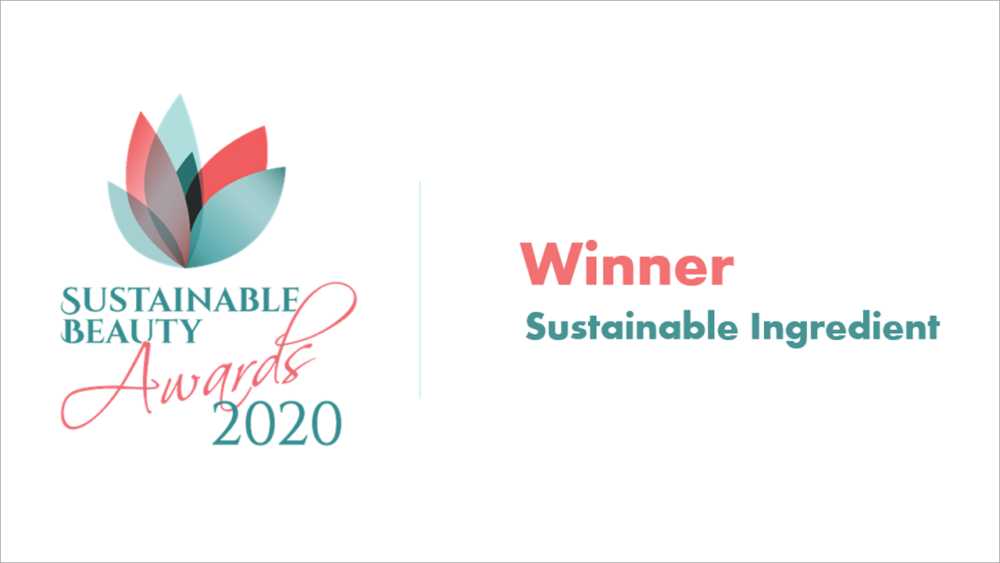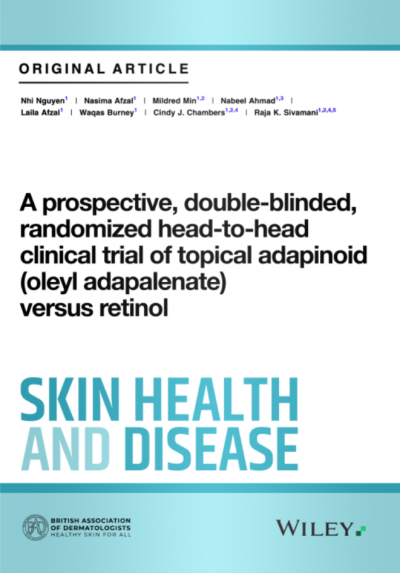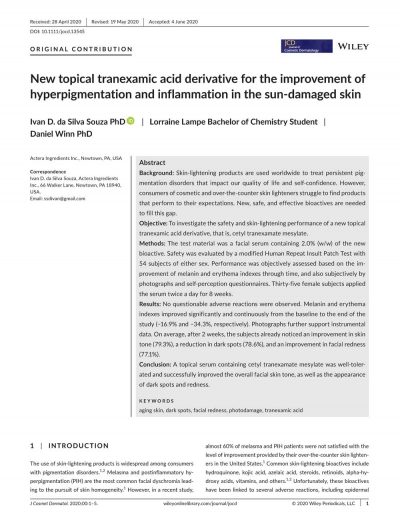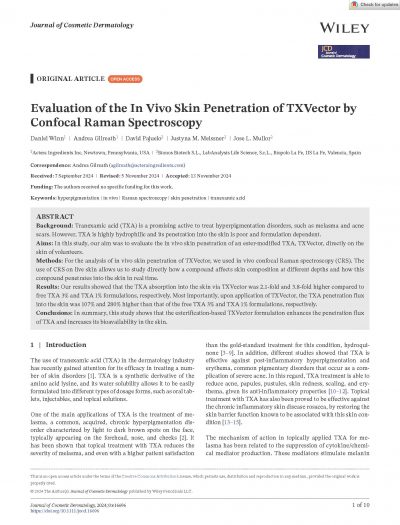Podcast Recap · Learn Skin
Beyond the Prescription Pad: The Rise of Non-Rx Skincare
Science, experience, and compliance are reshaping skincare — from stabilized vitamin C to next-gen retinoids — with clinical-grade results, no prescription required.
On a recent episode of the Learn Skin Podcast, hosts Dr. Raja and Dr. Hadar, both board-certified dermatologists, sat down with chemical engineer and skincare innovator Dr. Daniel Winn (founder of Actera Ingredients) to unpack this transformation. Their discussion highlighted the interplay of science, safety, consumer experience, and compliance that defines the modern skincare landscape.
Skincare Ingredients Guide: Actives vs Supporting Ingredients
Patients arrive armed with bottles, influencer posts, and TikTok recommendations, looking for validation or correction. As Dr. Hadar put it:
“Patients come in all the time and they ask me questions about how about this product and that product. There’s so many ingredients there. We really need help to navigate that, to help our patients navigate through this jungle of ingredients and understanding what’s pre-drug and the pro-drug and what goes in and what’s actually active and how to put all this together into a regimen that makes sense.”
Modern skincare formulations often contain dozens of ingredients. Beyond the hero molecules, stabilizers, delivery systems, emollients, and fragrances determine whether people actually stick with a product.
Skincare User Experience: Texture, Scent & Feel Drive Compliance
As a chemical engineer, Dr. Daniel Winn views skincare not only through efficacy but also through consumer delight. Ingredients shape experience:
“There’s so many parameters that go into the experience of putting on skincare products. And that comes from the whole ingredient deck… it really is driven not just by the active ingredient, but by the experience of the consumer, how much they enjoy using these products.” – Dr. Daniel Winn
Sensory qualities — texture, scent, feel — turn routines into rituals. A powerful but greasy or quickly oxidizing serum is unlikely to become part of daily life.
Vitamin C Derivatives for Skin: Stability, THD Ascorbate, 3‑O‑Ethyl Ascorbate
Vitamin C is prized for antioxidant and collagen support, but pure ascorbic acid oxidizes quickly. To solve this, scientists created derivatives and prodrugs that release active vitamin C once applied:
- Tetrahexyldecyl ascorbate (THD ascorbate) is fat-soluble and resistant to oxidation by residing in the oil phase. Skin lipases cleave it, releasing active vitamin C where it’s needed.
- 3-O-ethyl ascorbate and ascorbic glucoside protect vitamin C from degradation until it reaches the skin.
The result: brighter, more even-toned skin and more confidence in recommending products that are effective and tolerable.
Kojic Acid for Hyperpigmentation: Prodrugs & Stability
Kojic acid, a popular skin-lightening agent, benefits from the same strategy. Kojic dipalmitate attaches fatty chains to make the molecule more oil-soluble and stable, then skin enzymes activate it after application.
This is the broader concept of prodrugs: bottle-stable compounds that become active once metabolized in the skin. Predicting these transformations requires careful testing to ensure stability, efficacy, and safety.
In Vivo Raman Spectroscopy in Skincare: Measuring Skin Penetration
In vivo Raman spectroscopy lets researchers observe ingredient penetration from surface to deeper layers in real time. Paired with clinical trials, it helps confirm that prodrugs deliver promised benefits — a reminder that modern skincare is driven by rigorous science as much as by marketing.
Next-Generation Retinoids for Anti-Aging & Acne: Results Without Irritation
Retinoic acid is a gold standard for anti-aging and acne, but side effects like redness, peeling, and irritation often deter consistent use. As Dr. Raja noted, many assume tingling or peeling signals efficacy.
Newer generations of retinoids challenge this assumption:
- Selective receptor targeting reduces irritation.
- Anti-inflammatory effects minimize redness and peeling.
- Collagen-supporting action improves smoothness and firmness.
The new era of retinoids offers power without punishment.
Skincare Compliance & Adherence: Packaging, Sensory Design, Daily Use
Even the most effective molecule fails if it sits on a shelf. In consumer skincare, adherence is driven by design, packaging, and sensory delight. A sleek pump with a silky texture usually wins over a clunky jar with a heavy feel.
“The consumer is really going to use the product that they enjoy on a daily basis.” – Dr. Daniel Winn
Non-Rx Skincare Market: Dermatologist Education & Risks
With advanced vitamin C derivatives, next-gen retinoids, and prodrug technologies, consumers now access clinical-grade benefits without seeing a dermatologist. This democratization expands access but also risks confusion and misuse in a less regulated marketplace — underscoring the importance of evidence-based education.
Skincare Framework: Efficacy, Experience, Compliance
- Efficacy — proven actives, stabilized for safety and potency.
- Experience — textures, scents, and packaging that invite daily use.
- Compliance — the outcome of balancing science with delight.
As Dr. Hadar put it, clinicians must guide patients through the “jungle of ingredients,” while remembering that the journey is as emotional as it is biological. And as Dr. Raja reminds us, the real test isn’t tingling or peeling — it’s quiet, consistent improvement over time.
Conclusion: Beyond the Prescription Pad
The rise of non-Rx skincare doesn’t replace dermatologists — it enhances their role. With better tools, more stable formulations, and a consumer-first approach, clinicians can recommend products patients both love and benefit from.
“It really is driven not just by the active ingredient, but by the experience of the consumer, how much they enjoy using these products.” – Dr. Daniel Winn
Modern skincare is not just molecules, but moments. Not just actives, but adherence. Not just prescriptions, but participation.
Frequently Asked Questions
What is non-Rx skincare?
Non-Rx skincare includes products sold without a prescription that leverage stabilized ingredients, advanced delivery systems, and clinical testing to provide measurable benefits when used consistently.
Are vitamin C derivatives better than pure vitamin C?
They’re typically more stable and tolerable. Derivatives like tetrahexyldecyl ascorbate and 3-O-ethyl ascorbate are designed to convert to active vitamin C in the skin, extending shelf life and improving user experience.
What are next-generation retinoids?
Third- and fourth-generation retinoids selectively target receptors to reduce irritation while supporting collagen and combating inflammation — delivering results with fewer side effects.
How do prodrugs work in skincare?
Prodrugs remain stable in the bottle and convert into active molecules after application via skin enzymes, improving stability and real-world performance.
Why does compliance matter?
Products only work if used regularly. Texture, scent, packaging, and ease of use are key drivers of adherence — and ultimately, results.

